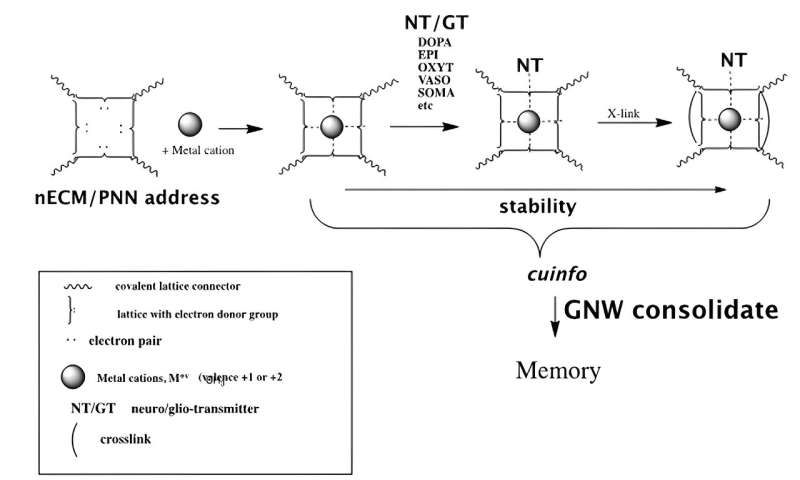
In a recent paper published in the International Journal of Psychiatry Research, Dr. Gerard Marx from MX Biotech and Prof. Chaim Gilon from the Hebrew University of Jerusalem present an innovative integration of two notable neuroscience theories—the Global Neuronal Network (GNW) hypothesis and the Tripartite Mechanism of Memory.
Titled “‘Consciousness’ as a Fusion of the Global Neuronal Network (GNW) Hypothesis and the Tripartite Mechanism of Memory,” the study provides fresh perspectives on the complex phenomena of consciousness and memory.
The research tackles a significant challenge in the study of consciousness that has long been considered insurmountable. Dr. Marx and Prof. Gilon propose that memory plays a pivotal role in shaping consciousness, contrasting the idea that computer-based Information Theory provides a sufficient framework for understanding neural memory.
They contend that the emotional content stored within the neural network diverges from standard computer data, laying the foundation for neural memory and adding depth and significance to conscious experience.
The researchers suggest integrating the Global Neuronal Workspace (GNW) theory with the Tripartite Mechanism of Memory to better understand how the brain creates experiential memories. In their model, they posit that the complex electro-chemical activities of individual neurons are unified by the structural units of the brain, creating a unified network that facilitates consciousness through emotional memory.
Key findings of the study include the proposed concept of a “brain cloud” that highlights the interconnected flow of information throughout the brain’s anatomical regions, facilitated by the Global Neuronal Workspace (GNW).
A tripartite mechanism for neural memory has also been identified, wherein neurons utilize trace metal cations and neurotransmitters to encode emotive states within the extracellular matrix.
The study also underscores the evolutionary importance of bacterial chemical signaling processes in the development of neural memory and consciousness in complex organisms.
Through a biochemical lens, the research elucidates how life transitions to consciousness via memory evolution. By mapping the progress of neural-net signaling from bacterial chemical communication to primate consciousness, the study provides a comprehensive framework for exploring the intricate interplay among memory, consciousness, and evolution.
Background
“Our research on the tripartite mechanism of memory delves into the collaborative roles of neurons, the neural extracellular matrix, trace metals, and neurotransmitters in memory formation, storage, and retrieval.
“We discovered that certain metals binding within the matrix can alter its structure, forming complexes that serve as the fundamental units of memory. These metal complexes have the ability to interact with neurotransmitters, resulting in the formation of emotional memory units. These memory units collectively create a framework for storing information in the brain.
“This proposed mechanism sheds light on how disturbances in metal levels could potentially impact memory functions. Furthermore, we speculate that disorders such as Alzheimer’s and autism may be linked to dysregulation of metal handling by the body.
“Understanding these intricate relationships provides insight into the processes of memory formation and retrieval, aiding in comprehension of conditions ranging from short-term memory loss to more severe memory impairments,” state the researchers.
Gerard Marx comes from a background of blood coagulation and biotechnology. Chaim Gilon is a Emeritus Professor Active specializing in the development and synthesis of peptide based drugs.
More information:
“Consciousness” as a Fusion of the Global Neuronal Network (GNW) Hypothesis and the Tripartite Mechanism of Memory. www.scivisionpub.com/abstract-display.php?id=3266
Citation:
Unlocking consciousness: A new frontier in neuroscientific fusion (2024, May 8)
consciousness-frontier-neuroscientific-fusion.html
.
. The content is provided for information purposes only.
